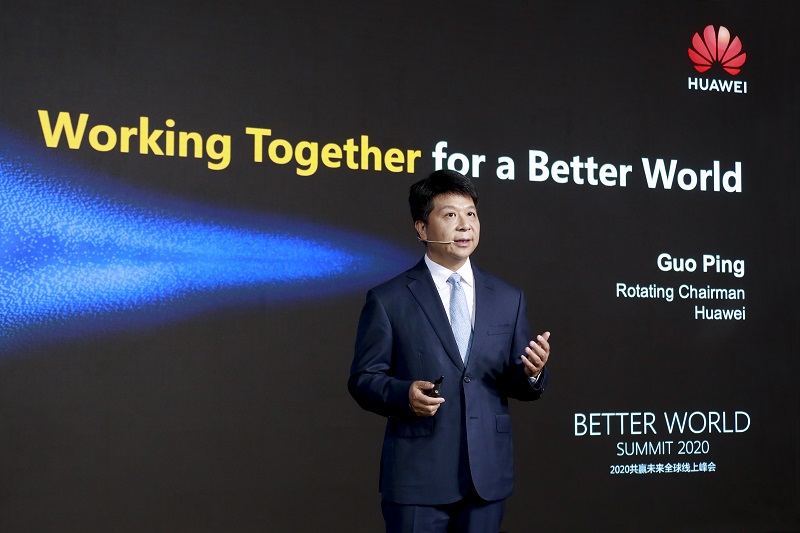5G commercial success depends on synergy across major tech domains
The business case for 5G is not just better connectivity. When technologies like 5G, computing, cloud, and AI come together, they reinforce each other and create numerous opportunities across five major tech domains: connectivity, AI, cloud, computing, and industry applications.

This is according to Guo Ping, Rotating Chairman, Huawei, who delivered a keynote presentation at the opening of the virtual Huawei Better World Summit 2020 in Shanghai this week.
There are already more than 90 million 5G users worldwide. "As global 5G deployment begins to wrap up, we need to strengthen our focus on industry applications," said Guo said. "This will help us unleash the full potential of 5G."
According to Huawei, for 5G to succeed commercially, the entire industry needs to work together. Vertical industry applications can be replicated at scale only when unified industry standards and a collaborative ecosystem are in place.
Precise deployment for maximum value
Guo said, "Given the current economic environment, carriers need to focus on both short-term and long-term goals. More precise deployment is how they can maximise the value of their networks."
The company suggests that carriers should prioritise user experience and spend money where it's needed most to maximise the value of existing networks, make the most of existing 4G and FTTx networks, and integrate them with new 5G networks through holistic coordination and precise planning.
5G deployment plans should prioritise hotspots and key industry applications.
Carriers have been lauded for their intensified focus on networks amid COVID-19, specifically to support mobile connectivity at a time when it is most needed.
Alex Sinclair, CTO, GSMA emphasised the impact the pandemic has had on networks, heightening the need for a response from global carriers.
“Operators have experienced a traffic increase of between 20 and 100 percent as a result of COVID-19 lockdowns. Most of this was carried by fixed-line residential networks, but mobile networks saw up to 20 percent higher data traffic and a 20 to 70 percent increase in voice calls. The distribution of the traffic has also changed considerably as fewer people are moving around. With a 10 percent drop in urban areas and up to a 20 percent increase in suburban and rural areas,” said Sinclair.
He also emphasised the role that operators have played in rolling out initiatives and referenced the UN digital health platform, involving collaboration between MTN, Vodacom, Airtel Africa and Orange.
The platform is designed to transmit information related to outbreaks and virus hotspots between authorities and more than 600 million mobile users.
Sinclair added: “The platform enabled two-way communication between citizens and health authorities, and has the potential to reach 80 percent of Africa’s mobile users at no cost to the individual.”
According to Huawei the pandemic has dealt a heavy blow to the world economy. Fortunately, ICT offers a concrete set of tools to aid in the fight against COVID-19 on multiple fronts.
"As an ICT company, it's our responsibility to use the technology we have to help contain and defeat this pandemic," said Guo. "Together with our partners and customers, including carriers and enterprises of all types, we can use technological solutions to affect a positive impact on our communities."
“By drawing on our experience in early hotspots, we have developed nine scenario-based solutions that use ICT technology to help combat the pandemic. Whether it's hospital network deployment, remote consultation, online education, or restarting governments and businesses, we've been sharing our experience and capabilities to help control the spread of the virus and reopen economies."
